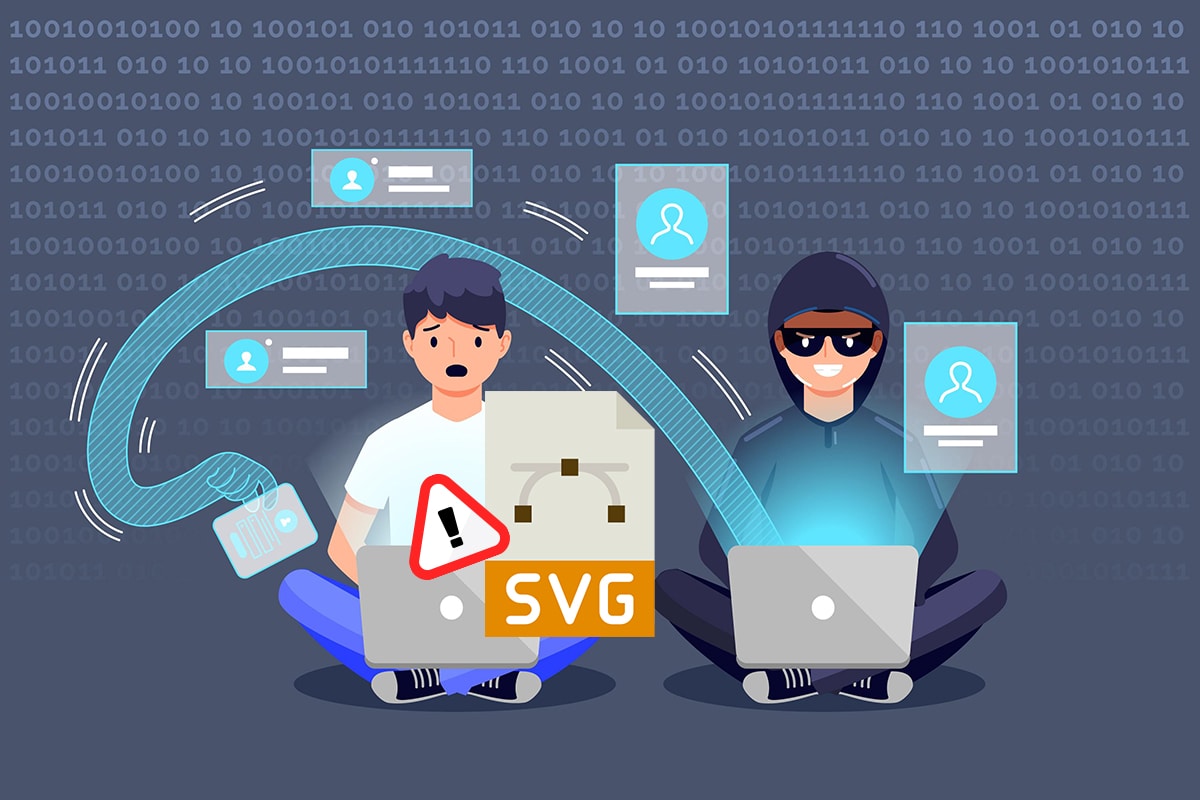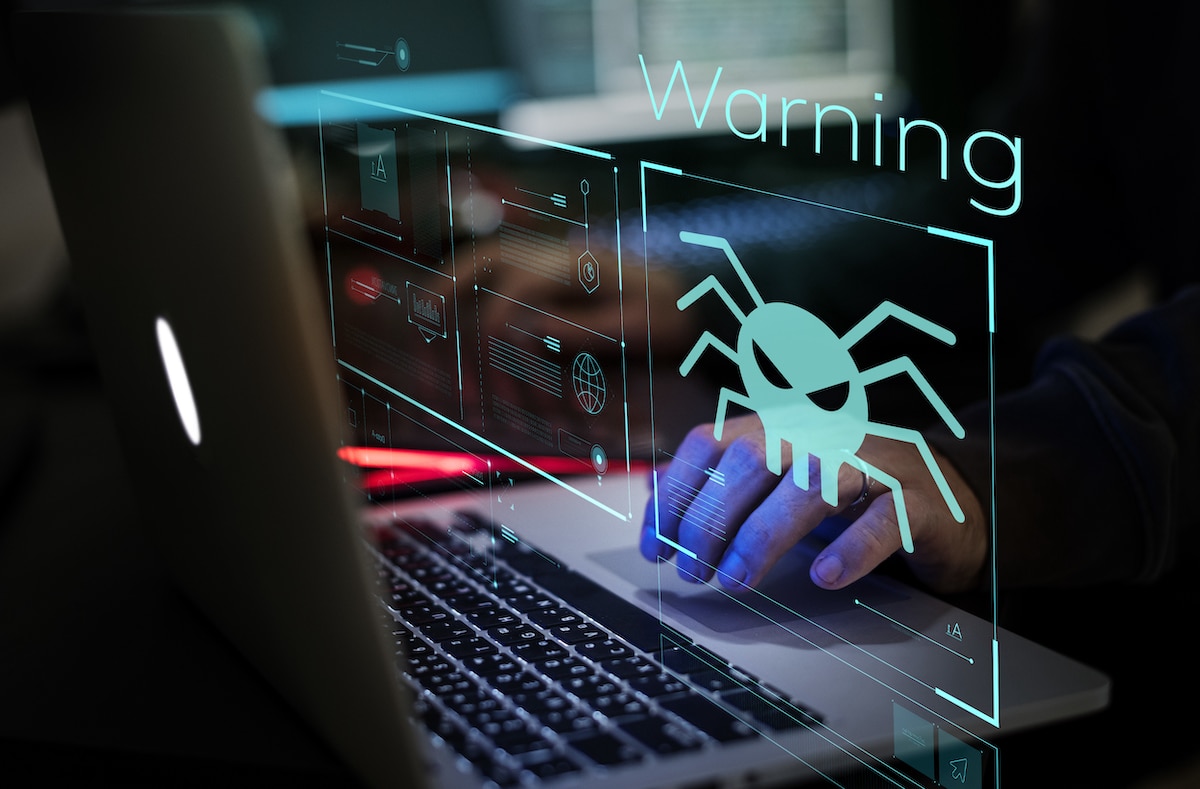
Our habit of going to different online resource libraries to download SVG files and use them in our projects is not as safe as we thought. This type of vector files are likely to be infected by malware And considering that a good design can be downloaded thousands of times in a few hours, more and more cyber attackers are working on these online image libraries to infect the largest number of computers.
The types of malware that come to affect your computer from these downloads can be really harmful. Unlike the forms of malware that were prevalent in the 90s, where malicious software often tried to break your device outright, today's new forms of malware try to get hold of your private data to hack your passwords and steal your credit card information.
How can SVG files be infected?
As they are vector files, the images in SVG format may be slightly modified to include malicious code able to run when the file is opened. This code can then infect your device by exploiting vulnerabilities in the software from which it manages the SVG files, as well as vulnerabilities in the operating system itself.
That's why it's so important to keep your devices up to date and always have the latest version of Adobe software. In addition, there are other cybersecurity measures that must be taken to minimize the impact of these malware infections on your devices.
Cybersecurity measures to protect against malware

These are some of the main cybersecurity techniques that you have at your fingertips to protect yourself against malware infections:
- Download files only from trusted platforms. There are multiple websites from which you can download SVG files for your projects, but not all of them are equally reliable. Limit yourself to using two or three prestigious platforms, avoiding dubious websites that try to gain a foothold in the market without having the proper cybersecurity measures.
- Use a VPN to protect yourself. Do not delegate the protection of your devices to visual file download platforms. Using a Mexico VPN, for example, you can protect your computers against malware, since many of them will alert you in the event that you are about to download an infected file. In addition, VPNs are also responsible for encrypting your browsing data for greater security.
- Avoid pirated versions of Adobe. We agree that Adobe software is getting more expensive and the most popular way to pay for it is through a subscription, which makes it even worse in terms of cybersecurity. However, pirated versions of Adobe don't do you any favors, they are often infected with malware or don't have the necessary security updates to protect you.
- Avoid P2P file sharing networks. It is also not a good idea to download visual files from P2P platforms, whether you use torrent download clients or opt for other direct document delivery platforms. You expose yourself to downloading images infected with malware capable of taking over your passwords or bank details.
The most common types of malware that infect SVGs

Cyberattacks use SVG files to infect devices with different forms of malware. Among them are the following:
- Keyloggers. keyloggers are a type of malware designed to record keystrokes detected on your computer's keyboard. In this way, hackers can get hold of your passwords or your bank details, which could endanger the integrity of your online accounts and even your digital banking.
- Ransomware. Another really dangerous type of malware is ransomware, which is used to aggressively encrypt all critical files on a computer. Cyber attackers then go on to demand a ransom in order to release these files, something that often doesn't even happen after receiving payment.
- cryptojackers. Although they are less harmful than keyloggers or ransomware, cryptojackers can seriously affect the performance of your PC by taking advantage of its resources to dedicate them to cryptocurrency mining. This can shorten its lifespan, even burn out your processor or graphics card.